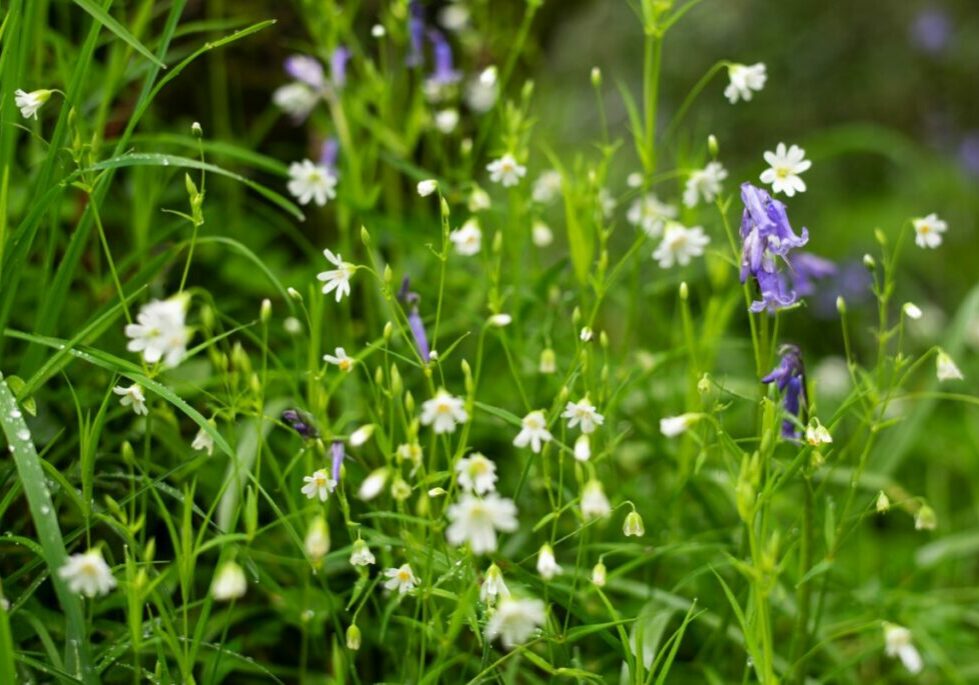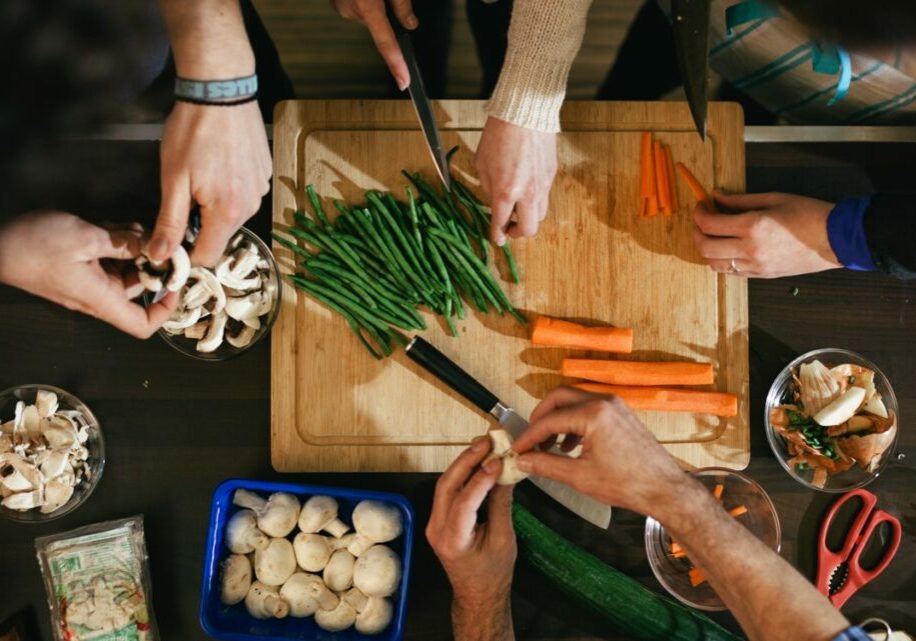Of all the world’s edible foods, we rely on just a tiny fraction. Demand for a limited range of foods is creating ‘monocultures’ in agriculture – a decline in the diversity of species being grown, which not only threatens the resilience of our food system but is bad news for nature.
Joining forces with Knorr, WWF created the Future 50 Foods report, exploring crops that are vital for a healthier planet and healthier people. These foods were chosen for their high nutritional value, low environmental impact and easy accessibility, without compromising on flavour.
We’ve picked out 10 of these future foods for you to look out for. There are some familiar favourites, plus some you might have never heard of but could be seeing more of on the menu, particularly as a changing climate places a strain on farming systems.
And while some of these ‘new’ foods might be harder to find in shops, and perhaps a little more expensive, many – such as pulses, grains and greens – are readily available and great for cooking on a budget.
Moving towards a more diverse, plant-based diet that features a wide variety of crops is just one way we can all make a difference. WWF’s Eat4Change guide can help you make some sustainable meal swaps, and you can add some future foods to your shopping list today.
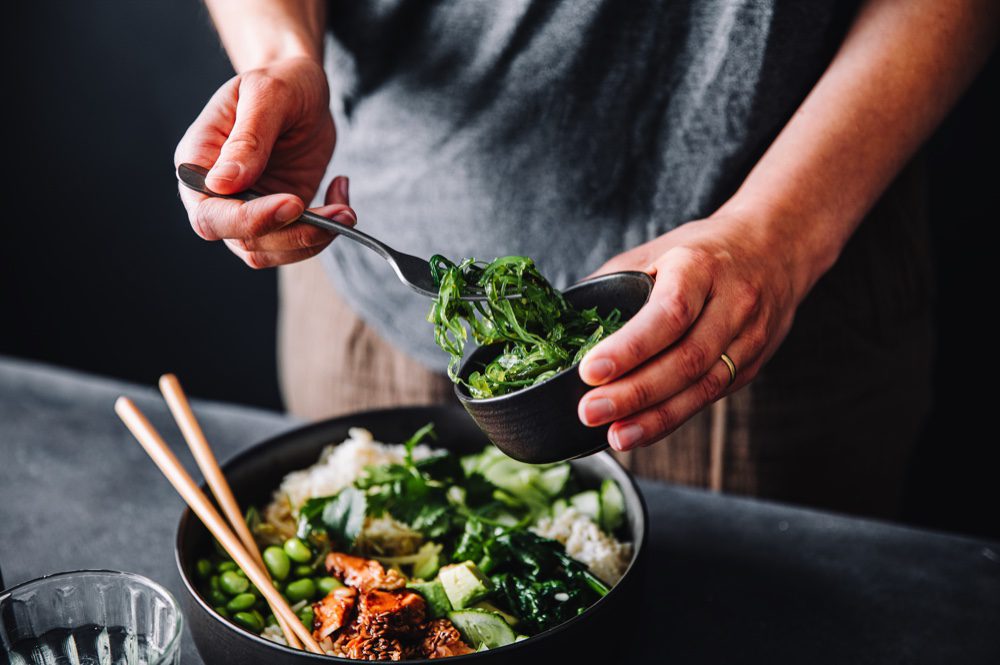
1. Algae
Seaweed has been a staple of Japanese cuisine for thousands of years, but edible algae could be a global game-changer as it can be harvested all year round, without the use of fertilisers or pesticides. Laver, also known as nori, is most commonly used for wrapping sushi and in Welsh laverbread, but it can also be used as a topping for soups and salads, or eaten alone – roast or toast it to crisp it up. Wakame is another edible seaweed that’s usually sold dried and then soaked, giving it a satin-like texture. Edible seaweed lends a savoury, umami flavour to plant-based dishes, and it’s also rich in antioxidants and essential fatty acids.
2. Beans and pulses
Beans and pulses are not only a fantastic source of protein, but they’re also affordable and incredibly versatile. Try red lentils in Bolognese, burritos filled with black turtle beans, or roasted broad beans as a crunchy snack. Soy beans come in a variety of forms such as tofu, soy milk, edamame and meat substitutes. Beans and pulses aren’t just good for our health – they enrich the soil they’re grown in by converting nitrogen from the air into a form that helps other plants grow. Keep an eye out for less familiar varieties such as Bambara beans, which are able to grow in challenging environments.
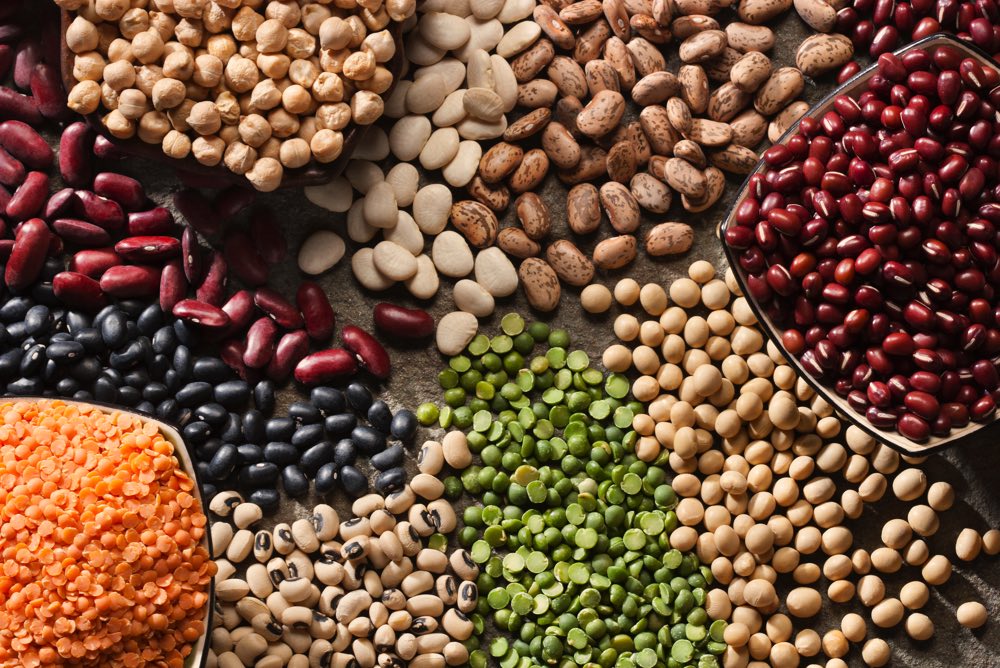
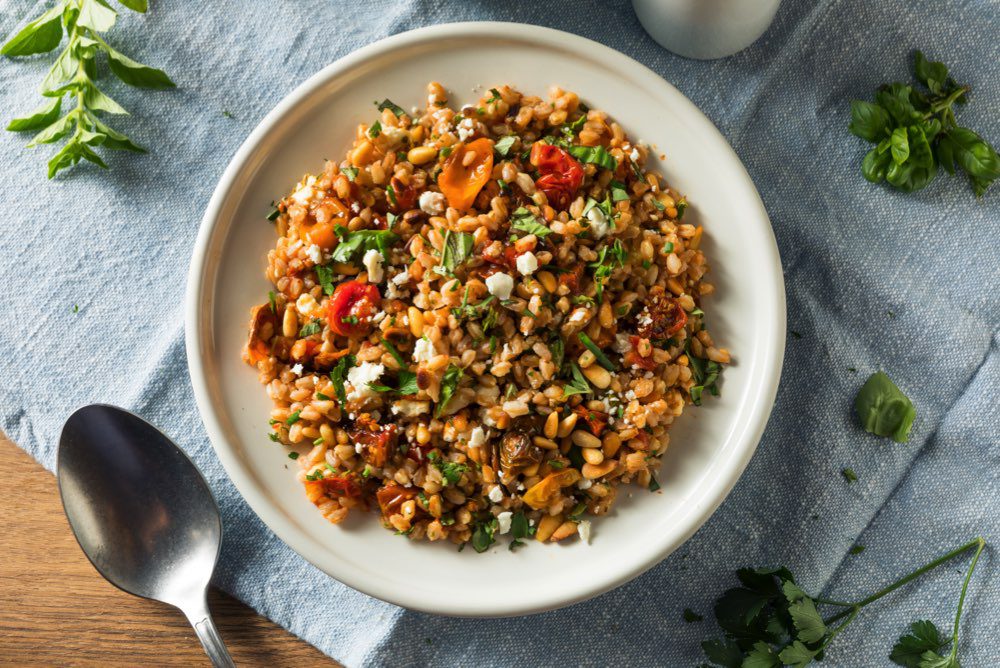
3. Cereals and grains
There are over 10,000 species of cereals and grain, but we rely heavily on just three – white rice, maize and wheat. Why not try swapping them out for some less common but still readily available alternatives? Buckwheat is great for bulking up salads, while white rice can be swapped for quinoa or ‘wild’ rice, which has more protein, zinc and iron. Spelt is an ancient form of wheat and can be turned into risotto, while spelt flour can be used in place of wheat flour. With so many varieties of cereal and grain, there’s plenty of potential for future foods in this category – watch out for teff, the ‘next super-grain’.
4. ‘Fruit’ vegetables
Vegetable-like fruits include tomatoes, squash, peppers and courgettes. Popular in Caribbean cuisine, okra is one of the most heat- and drought-resistant vegetables in the world – steam, sauté or grill it before adding to a spicy stew. When we think of tomatoes, we tend to think of the classic red variety, but did you know that orange tomatoes pack almost twice as much vitamin A and folate than their red and green counterparts? Try roasting them to bring out their super-sweet flavour before blending them into pasta sauces and soups.
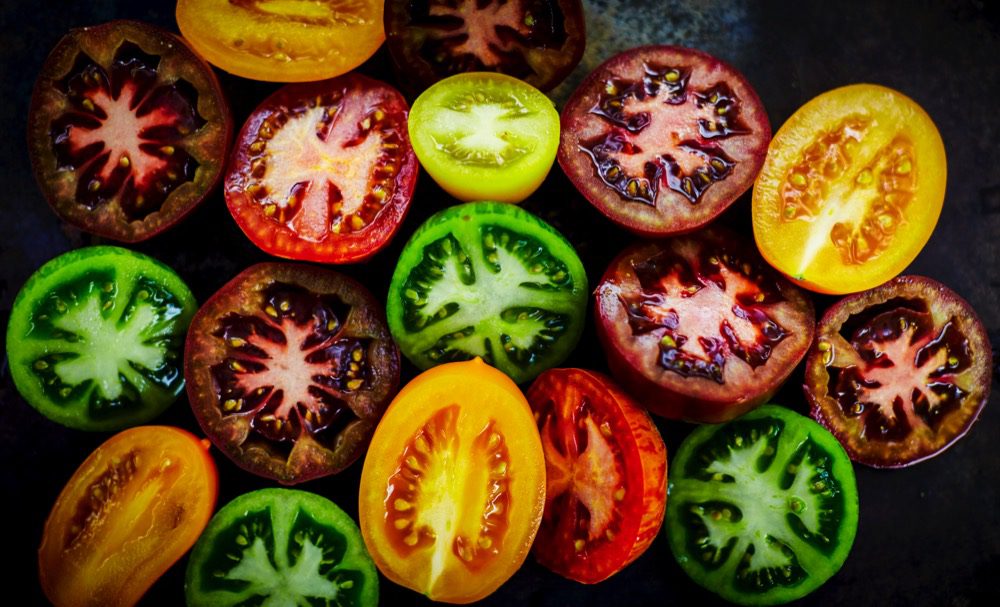
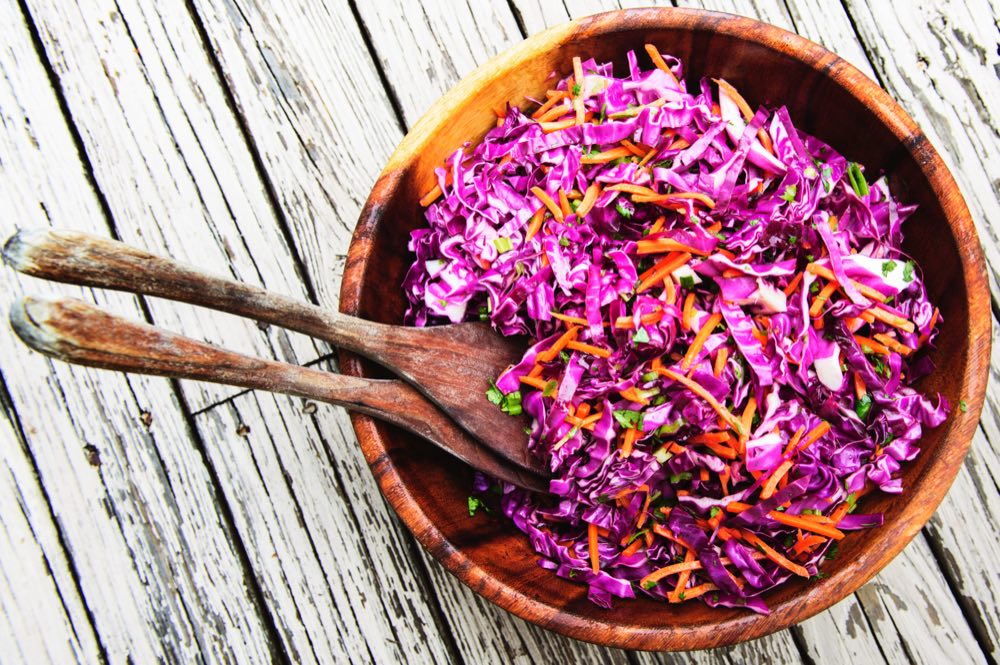
5. Leafy greens
There’s a good reason you’ve always been told to eat your greens: they’re nutritional powerhouses, packed with vitamins, minerals and fibre. Kale is incredibly versatile – eat it raw in salads, sauté it with garlic, or bake it to make crunchy kale ‘crisps’. For a quick boost of vitamin C, stir a handful of spinach into stews, curries and pasta dishes, or use it as the base of a salad. Pick red cabbage ahead of green – it contains ten times more vitamin A and double the amount of iron – or pak-choi, which is rich in vitamins K and C. Keep an eye out for broccoli rabe (or Italian broccoli) – it’s delicious sautéed with garlic and chilli.
6. Mushrooms
Fungi are a key future food as they’re able to grow in places edible plants can’t, including on by-products recycled from other crops. Their texture and umami flavour make them a great substitute for meat in hearty pies and creamy pasta dishes. Switch up your stir-fries with enoki, shiitake or maitake mushrooms – popular in Asian cuisine, they’re more flavourful than many common varieties. Look out for saffron milk cap mushrooms and add them to pasta dishes and risottos – their nutty, woody taste pairs well with garlic, parsley and cream.
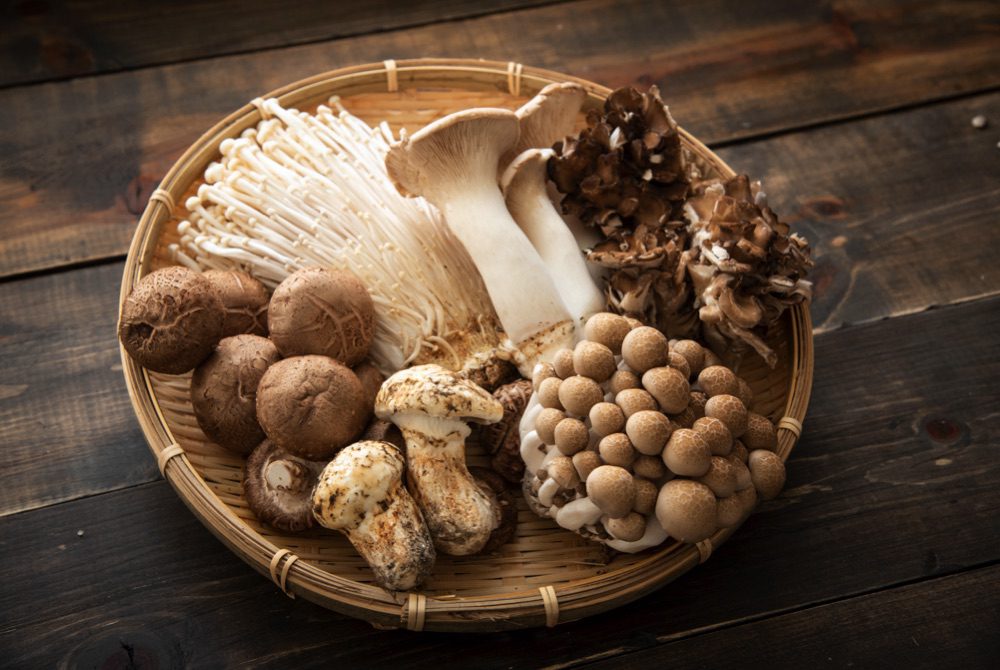
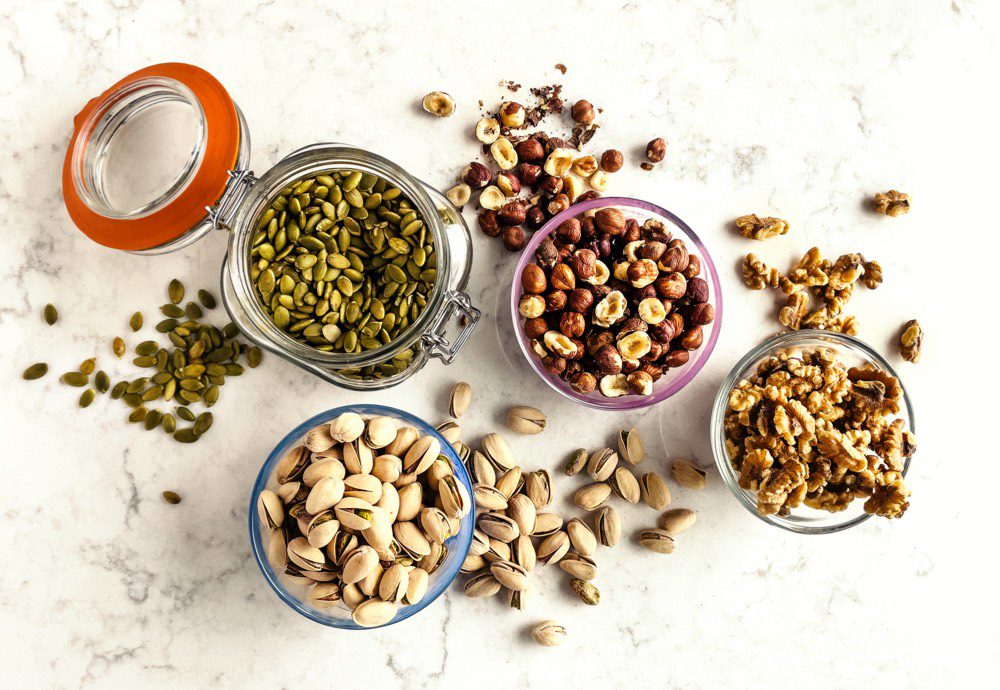
7. Nuts and seeds
Nuts and seeds might be small, but they pack a mighty nutritional punch – they’re rich in protein, healthy fats and vitamin E. They add a satisfying crunch to many dishes such as salads, stir-fries and risotto, especially if you roast or toast them first. Sprinkle them on your cereal – try flax seeds and hemp seeds for a boost of omega 3 fatty acids – or simply grab a handful for an easy, protein-rich snack. Sesame seed oil adds a wonderful nutty flavour and aroma to sizzling stir-fries.
8. Root vegetables
These cold-hardy crops grow deep in the ground and emerge when warmer-weather crops aren’t available, so they’re perfect for winter soups, stews and tray bakes. Black salsify is a versatile vegetable and a great substitute for potato – boil, mash or roast it. Also keep your eyes peeled for parsley root, which is similar in appearance to parsnips and great fried into fritters, and the carrot-shaped white icicle radish. Don’t waste the lush tops of root veg – you can eat them just like any other leafy green and they’re packed with nutrients.
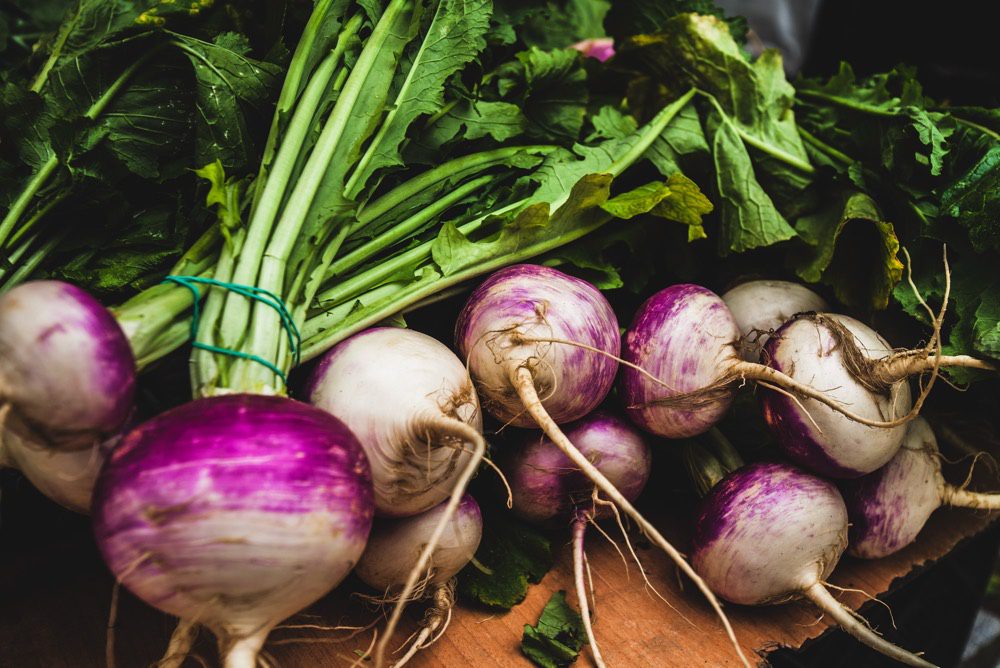
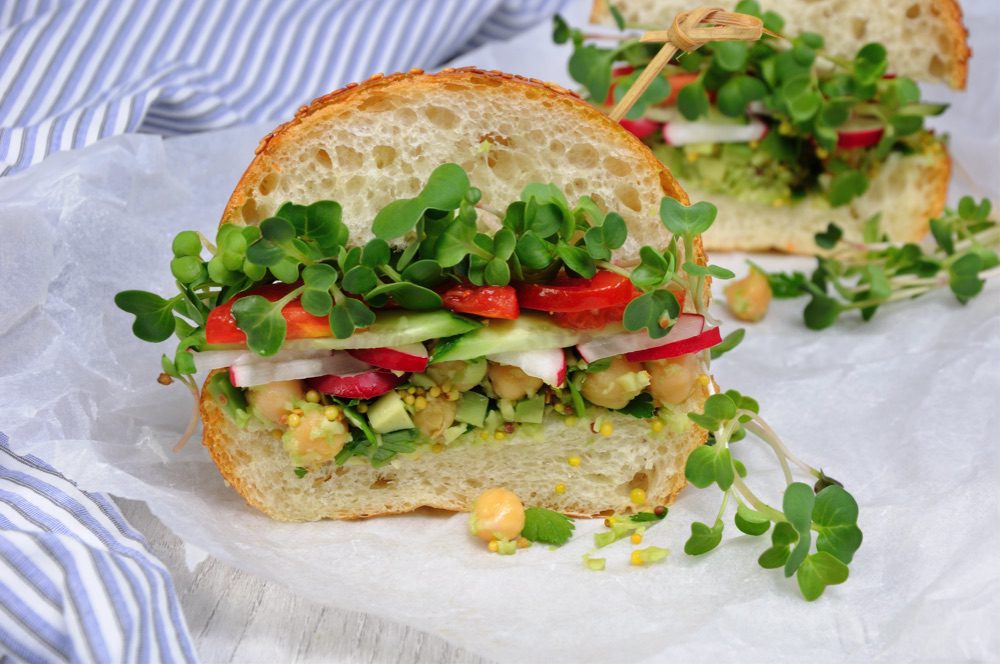
9. Sprouts
We’re not talking about the sort of sprout that’s a cornerstone of Christmas dinner, but rather sprouted seeds. Did you know you can double, and sometimes triple, the nutritional value of many foods just by sprouting them? Try it for yourself – you can sprout almost any legume, seed or nut. Chickpeas are one of the easiest beans to sprout and become even more flavourful and protein-rich in the process. Alternatively, alfalfa sprouts can be shop-bought for a quick, nutritional addition to salads and sandwiches.
10. Tubers
Tubers, such as potatoes, yams and cassava, are an important source of carbohydrates, but we rely heavily on white potatoes despite the huge variety available. Searching out alternatives will increase demand for a more diverse crops, and these varieties are often more nutritious. Look out for lesser-known tubers such as the yam bean root (also known as jicama), a high-yield plant able to grow in arid climates, and the fast-growing purple yam (also known as ube) – it’s the most nutritious type of yam, rich in vitamin E and fibre.
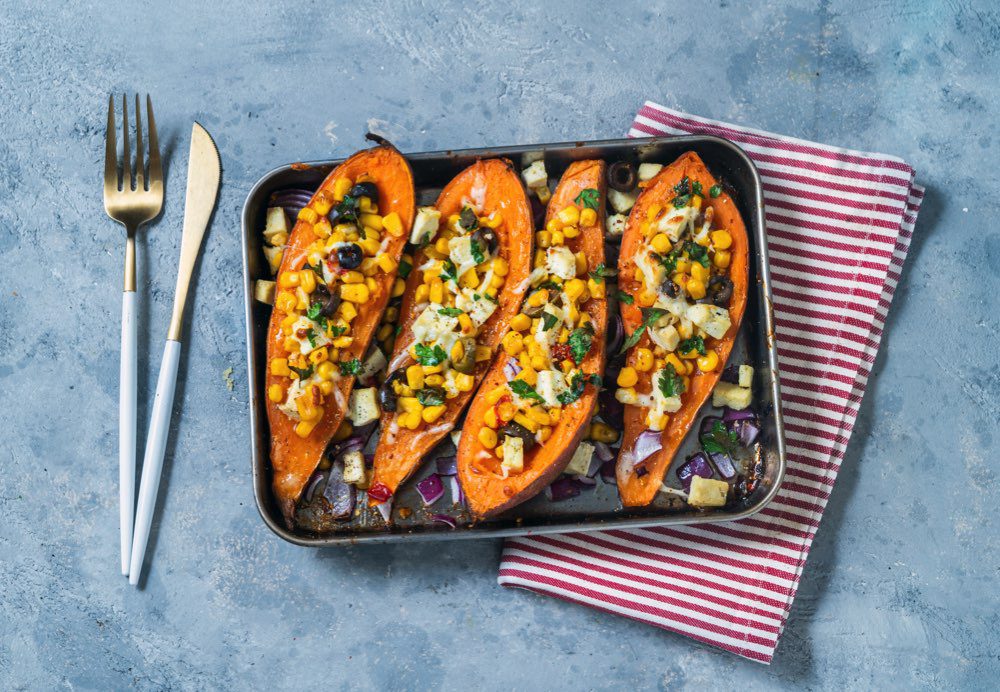
ALL IMAGES © GETTY IMAGES
Bring change to the table
Check out Eat4Change to discover great ways to help nature with every meal.
More to explore
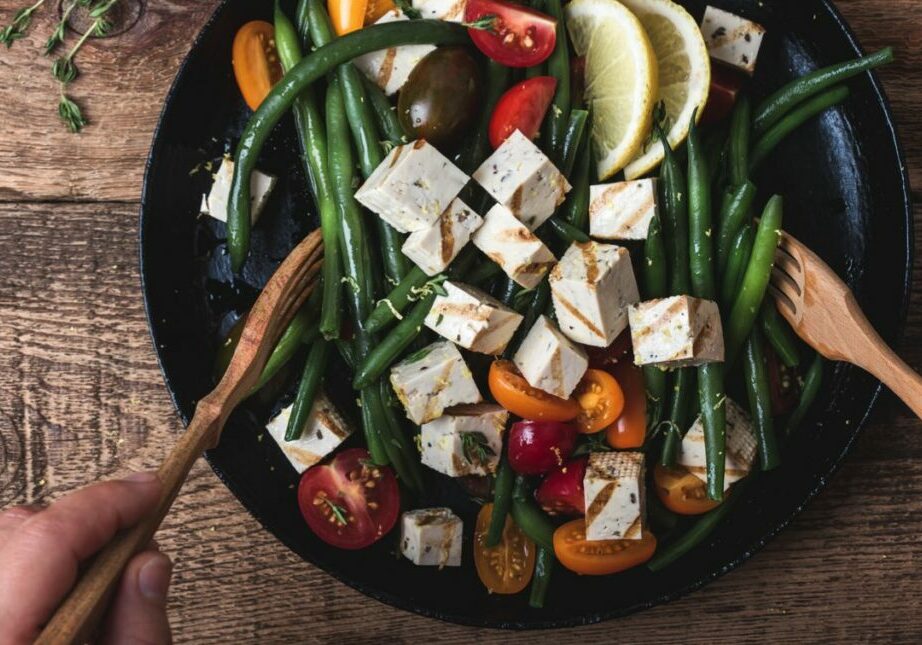
Choose the right plant-based alternative for you
Reducing our consumption of meat and dairy is a great way to protect nature. But some plant-based foods are better for the planet – and your health – than others. Our tips will help you choose the best options
